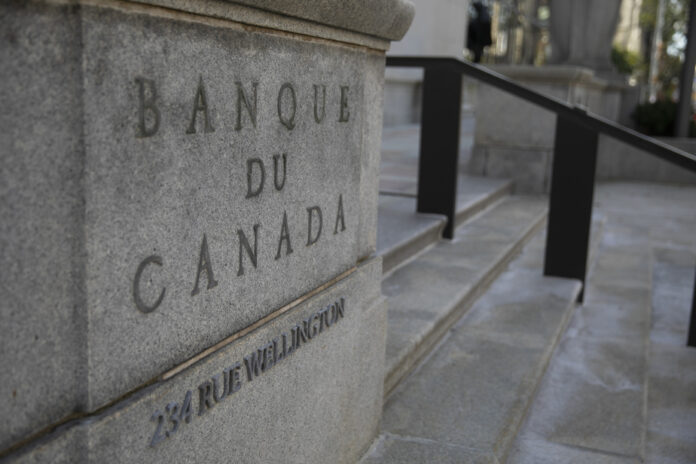Unsurprisingly, the Bank of Canada leaves its key rate unchanged at 5%, but it keeps its finger on the trigger to raise it again if necessary.
After two consecutive hikes in June and July, the central bank’s decision to take a break recognizes that the economy is no longer overheating, even though inflation, at 3.3%, is still above its target of 2%.
“Given recent signs that excess demand is waning in the economy, and given that the effects of monetary policy are being felt with a lag, the Governing Council has decided to hold the policy rate at 5% and continue to normalize the Bank’s balance sheet,” its statement said.
This is not the end of rate hikes, warns the central bank. “The Board remains concerned about the persistence of underlying inflationary pressures and stands ready to raise the policy rate further if necessary,” she said.
Even if it says it is ready to raise interest rates further, the Bank of Canada will likely stop at the current rate of 5%, said Doug Porter, chief economist at the Bank of Montreal. “Barring a rebound in the economy in the third quarter, which we think is unlikely, the Bank of Canada is done with rate hikes,” he said.
Which does not mean that there are rate cuts on the horizon, said Sébastien Lavoie, chief economist at Laurentian Bank. The tone of the central bank statement prevents false hopes of a significant drop in interest rates in 2024.
The Bank of Canada wants to continue “assessing the dynamics of core inflation and the outlook for consumer price index (CPI) inflation.” The evolution of excess demand, inflation expectations, wage growth and corporate pricing practices will be scrutinized to see if they are consistent with achieving the 2% inflation target.
“Now we just have to wait, as the Bank of Canada assesses the impact of its recent hikes on the country’s economy,” said Randall Bartlett, economist at Desjardins, who expects a first lower interest rates in the first quarter of 2024.
The central bank expects the CPI to rise due to the recent rise in gasoline prices. The one-year and three-month measures of core inflation, which exclude the price of gasoline, are now around 3.5%, indicating that there has been almost no downward movement in underlying inflation recently, note the monetary authorities.
“The outlook for inflation in the very near term is not very reassuring and the [central] bank will undoubtedly remain on the defensive,” National Bank economists Taylor Schleich and Warren Lovely said in their analysis of the latest decision. on interest rates.
CPI data for August will be released on September 19 and Statistics Canada will release the August labor market snapshot on Friday. This new data will feed into the thinking of the central bank, whose next rate decision will be announced on October 25.
Most economists expected the key rate to remain unchanged, after the release of a series of statistics indicating that the Canadian economy is seriously slowing. In the second quarter, gross domestic product fell 0.2%, while the Bank of Canada had forecast growth of 1.5%.
Retail sales, job creation and international trade are also showing signs of weakness.















